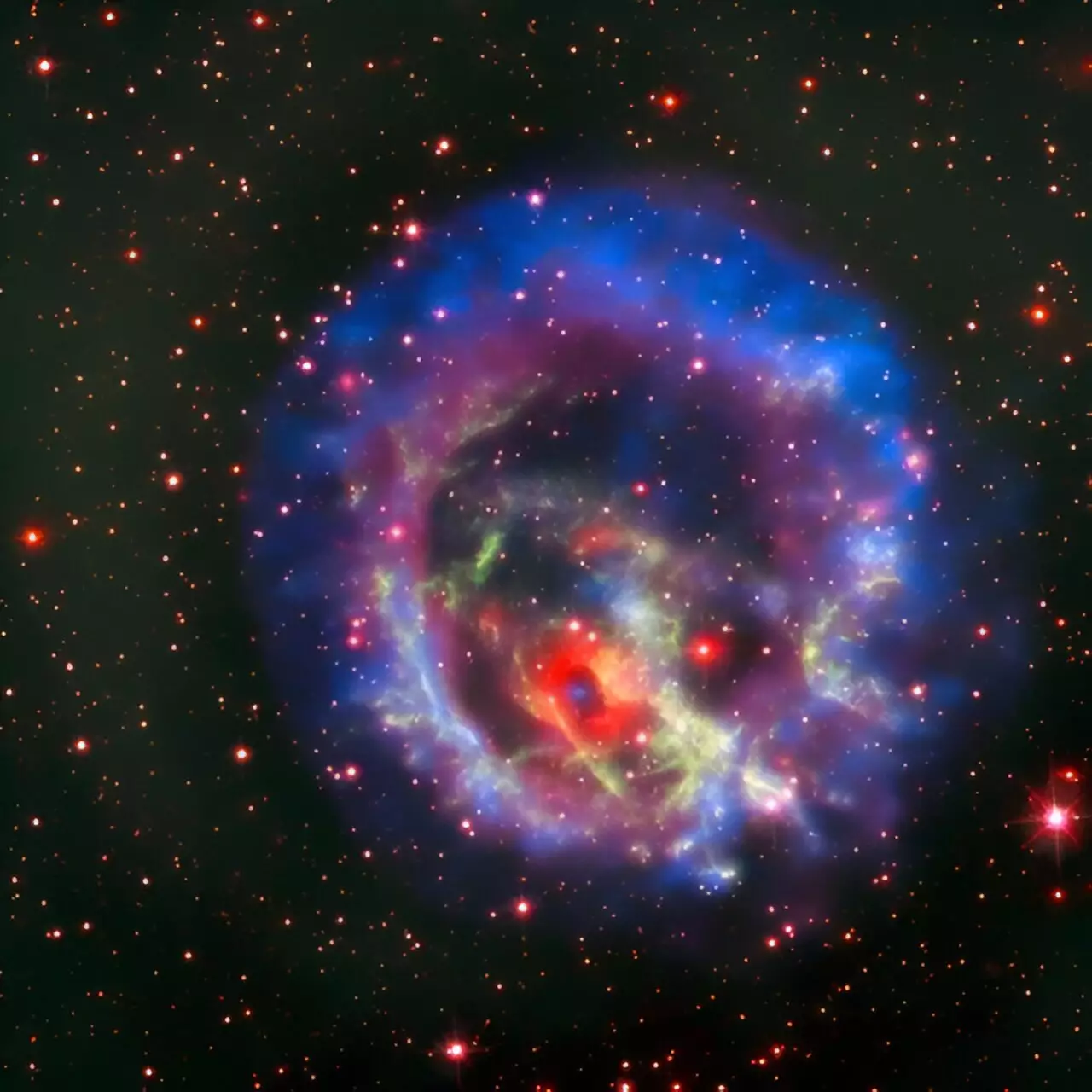In the quest to unravel the mysteries of the universe, physicists are increasingly turning their attention to an intriguing phase of matter believed to exist shortly after the Big Bang. Recent theoretical insights suggest that major laboratory experiments around the world, aimed at simulating conditions analogous to those in the early universe, may inadvertently generate the strongest electromagnetic fields ever produced. This development points to a transformative opportunity for scientists to explore uncharted territories in particle physics, potentially rewriting chapters in our understanding of matter’s fundamental nature.
The Standard Model of particle physics posits that under conditions of extreme heat and density, matter transitions into a state known as a quark-gluon plasma. This form of matter comprises quarks and gluons, the building blocks of protons and neutrons, that become liberated from their usual confines at high temperatures. Despite theoretical expectations of similar phenomena occurring in ultradense environments, such as neutron stars and during supernovae, empirical validation remains elusive. Hidetoshi Taya, a physicist from the RIKEN Interdisciplinary Theoretical and Mathematical Sciences Program, emphasizes the need for experimental evidence to understand these extreme states of matter fully.
Historically, physicists focused on exploiting high-energy collisions to create hot plasmas. However, recent advancements are steering the research community toward intermediate energy collisions, which promise to produce high-density plasmas that closely mimic conditions in the early universe. “Understanding our origins as a species hinges on unraveling these extreme states,” states Taya. Such experimental shifts are not just technical adjustments but represent a deeper probing into the conditions that gave rise to the elements that compose our universe.
In an exciting twist, Taya’s earlier investigations into intense lasers have laid the groundwork for a groundbreaking realization: heavy-ion collision experiments could produce electromagnetic fields of unprecedented strength. These fields, much stronger than those generated by lasers—often likened to a hundred trillion light-emitting diodes (LEDs)—hold the potential to illuminate phenomena that have remained shrouded in theoretical speculation. The unexpected nature of this discovery amplifies its significance, suggesting that physicists could stumble upon new physics in the very act of recreating early cosmic conditions.
Taya and his team have developed a theoretical framework indicating that electric fields arising from heavy-ion collisions at intermediate energies could sustain their potency long enough to probe strong-field physics—a realm that currently eludes experimental verification. Their findings, recently published in *Physical Review C*, highlight the potential of observing particles’ behaviors influenced by these powerful fields. However, a challenge lies ahead: directly measuring these fields in future experiments will not be feasible. Instead, scientists will analyze the characteristics of particles produced in the collisions to derive insights regarding the influence of these strong electromagnetic fields.
To validate Taya’s theoretical predictions, a comprehensive understanding of how these ultrastrong electromagnetic fields interact with observable particles will be crucial. The implications of their findings could pave the way for a dramatic evolution in our grasp of fundamental physics, opening doors to explore interactions affecting not only quarks and gluons but possibly hinting at new particles or forces yet to be discovered. This confluence of theoretical work and experimental trials marks a pivotal moment in modern physics, pushing the boundaries of our knowledge concerning the universe’s most enigmatic stages.
As researchers embark on these ambitious experimental pathways, the intersection of theoretical frameworks and robust empirical investigation remains vital. The remarkable potential to unveil the strongest electromagnetic fields while exploring ancient cosmic conditions promises to expand the horizons of particle physics phenomenally. Through collaboration, innovation, and a relentless pursuit of knowledge, the scientific community stands poised to address fundamental questions about the universe—potentially transforming our understanding of existence itself.


Leave a Reply